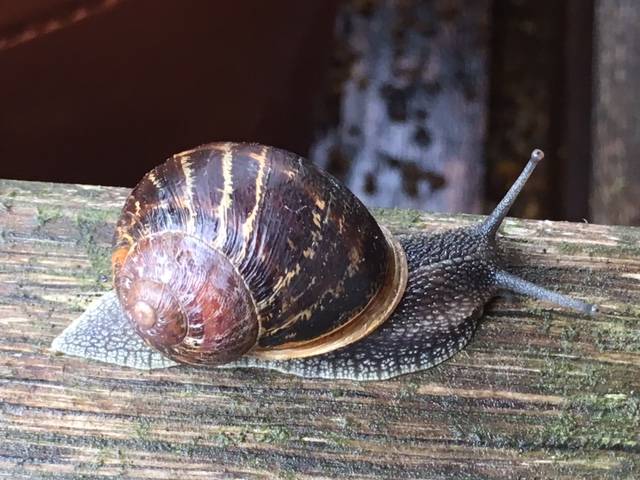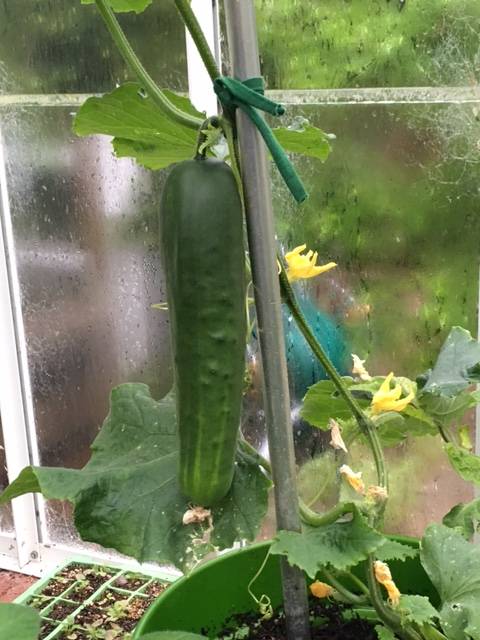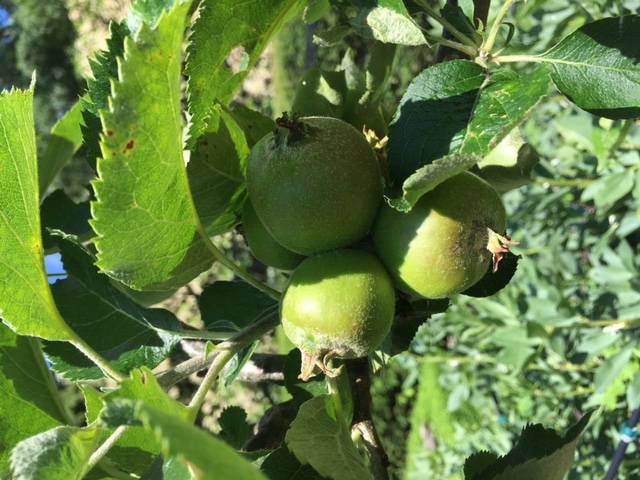It never ceases to amaze me just how much and how quickly the kitchen garden changes at this time of year. Crops seem to grow at an incredible rate, whilst we gardeners are too busy with the many little jobs that need to doing, to notice. It’s not until the occasional lull in activity that I stand, coffee in hand, and marvel at the wonders that nature provides.
Our squashes, planted in a raised bed towards the end of May have now reached the top of their obelisk support. I honestly believe they are growing as I look at them. They are enjoying the deep soil, improved with lashings of farmyard manure, and the sunny,hot position. We are now trying to restrict them to three fruits per plant to try an get a good sized crop. This is incredibly hard to do as the temptation is to leave as many on the plant as I can! Our sweetcorn will soon be as high as an elephant’s eye and our beans are halfway up their supports.
Our potatoes are also looking healthy, however the recent rainfall levels leave me worried for blight and I have been keeping a daily eye on them for early signs. The early potatoes will be harvested at the beginning of July, but the maincrops would be the ones to suffer.

The other pests hovering for an easy lunch at the moment, are the birds. Our tayberry bush and blueberries, grown outside the fruit cage, have now finished blooming and started setting fruit. Back in the middle of the month, we draped bird netting over them, supported by poles, to make sure the birds don’t steal our harvest.
In the greenhouse this month, we have begun to harvest tomatoes and cucumbers. These plants are now being fed weekly to 
Earlier in the month we spotted whitefly on the leaves of our peppers and, although the plants still looked really healthy, we took quick action to nip the attack in the bud. The plants were sprayed with Insect Killer Spray and we hung up more yellow sticky traps. The greenhouse was also given a garlic smoke treatment which will help keep the foliage strong and able to resist attack, as well as helping to get rid of the whitefly. The whitefly attack was probably a result of the greenhouse being closed up when conditions were colder at the end of May, beginning of June. A stuffy environment is not a healthy one. At this time of year, on hot and sunny days, we are regularly damping down the floor and the capillary matting to keep the growing conditions as perfect as possible. Autovents are in operation to make sure the plants don’t overheat and we leave the door open to encourage a through-breeze.
This month, we planted out what is possibly my favourite crop in Stephanie’s Kitchen Garden. (Although I am quite fickle and my favourite can change daily!) I love sweet potatoes because, not only do they regularly reward us with a really good crop, they look amazing as well. As in previous years, they have been planted in a raised bed into soil that has been enriched with farmyard manure and homemade compost. They are being trained up one of our new coloured obelisks to provide an impressive focal point in the garden.
Every year around this time, I walk around the garden trying to figure out where I will put the leeks that have been growing in cells in the cold frame as well as in neat rows in a seed bed. I always seem to forget them when I am planting out and as always, the garden is stuffed full of vegetables everywhere I look! This year was no different and it took several trips around the garden before I decided to consign the remains of our spinach crop to the compost heap and give the soil a good digging over before planting out the leeks in their place.
June always sees the main harvest begin in earnest in the kitchen garden and this year is no exception. We have been harvesting strawberries, cucumbers, tomatoes, spinach, asparagus, mange tout, salads, rhubarb and greenhouse-grown new potatoes. We’ve also been hard at work sowing more seeds to fill the gaps that harvesting brings. We’ve been sowing more salads, spinach, rocket, carrots, chard and peas.

Here are some of the jobs we've got planned for July in Stephanie's Kitchen Garden:
- Earth up maincrop potatoes.
- Harvest broad beans.
- Continue sowing and pricking out seeds.
- Continue weekly feed of all crops.
We're always here to offer help and support. Go to the Ask the Expert section on our website and email Horticultural Advisor Jo Blackwell with your Kitchen Garden and she'll do her best to help.
We're busy tweeting about all things Harrod Horticultural - what we're doing, special offers, gardening tips and advice and you can always use Twitter or Facebook to get in touch with us as well. With our webteam manning the Tweet desks and Facebook site, you can be sure you will get the best service we can offer.
Our 108 page Spring catalogue is out now and is packed full of gardening ideas and products to solve the problems every gardener faces, plus plenty more seasonal ideas for harvesting, storage and preserving solutions.
Happy gardening!
























